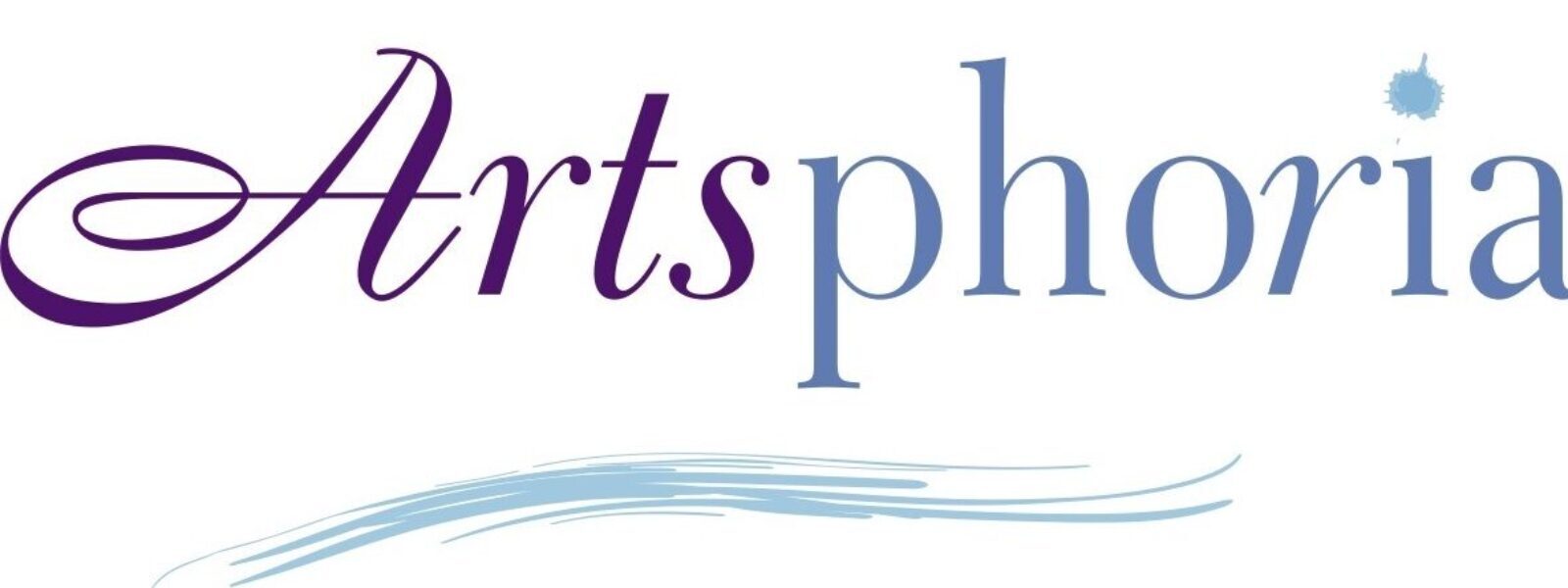By Andrea K. Hammer
A recent open house at the Kimmel Center for the Performing Arts in Philadelphia modeled a brilliant approach to marketing cultural events. City dwellers and visitors took advantage of 4 hours of free performances, tours, a Paris trip give-away and more. One outstanding event was a thought-provoking panel discussion with some of Philadelphia’s cultural leaders and arts journalists.
Arts Panel Participants
Titled “Cultural Journalism Crystal Ball: A Look Ahead with Philly’s Top Arts Leaders and Journalists,” the exchange prompted comments about working together as a team. The moderator was Howard Shapiro, a theater critic at WHYY-FM NewsWorks and a Broadway theater critic at The Classical Network of NPR affiliates.
Members of the panel included Peter Dobrin, a classical music critic and culture writer at The Philadelphia Inquirer, and Peter Crimmins, WHYY arts & culture reporter. Joining the journalists were Stephanie Renee, program director of 900 AM WURD; Brandon Baker, lifestyle and entertainment reporter for PhillyVoice.com; and Jennifer Logue, Metro Philadelphia features editor.
The arts leaders included Maud Lyon, president of the Greater Philadelphia Cultural Alliance, and Jennifer Francis, executive director of marketing at the Philadelphia Museum of Art. Other participants were Kelly Lee, Philadelphia’s Chief Cultural Officer and the head of the Office of Arts, Culture and the Creative Economy; Crystal Brewe, vice president of sales and marketing at the Kimmel Center; and Karin Copeland, executive director of the Arts & Business Council of Greater Philadelphia.
During an engaging discussion, the panelists described the challenges and goals facing arts journalists and cultural leaders. Here are some excerpted and paraphrased highlights.
Peter Dobrin: One increasing challenge is keeping readers’ attention in the face of more Internet distractions.
Jennifer Logue: Yes, readers have the attention of goldfish! We have a large section, though, highlighting groundbreaking shows like the Fringe Festival.
Brandon Baker: We are monitoring what people are reading and who steps up to the plate.
Howard Shapiro: NPR has strict rules about funding. The arts are almost seen as a conflict of interest.
Maud Lyon: I think that it’s important to tell stories and make personal connections.
Peter Dobrin: A foundation owns the Inquirer now because ads are not enough. Approximately $30 million [a recent Philadelphia Inquirer article reported $25 million] has been raised in an endowment to fund investigative projects. Philanthropy is a different model.
Howard Shapiro: The future of arts journalism is tweets! Journalism is very egalitarian. Everyone has the opportunity to become a publisher–even people doing art.
Crystal Brewe: Press releases aren’t getting us anywhere.
Jennifer Francis: At the museum, we have more than 250,000 pieces with stories.
Crystal Brewe: Denver hired laid-off journalists to cover events. We had funding for a similar approach, which was great!
Peter Dobrin: Do you call it journalism or promotion?
Crystal Brewe: Sometimes, it’s an infomercial. If we hire journalists, we don’t tell them what to write.
Peter Dobrin: We look at the source of a story. People are more discerning about what they let into their minds during the day.
Peter Crimmins: I won’t click a link if I don’t recognize it. I don’t want to go down a rabbit hole.
Howard Shapiro: Why not trust the Philadelphia Museum of Art or the Walnut Street Theatre?
Peter Dobrin: It’s different if you’re talking about your own experience. Bloggers often don’t have access to information. For example, Bruce Nauman doesn’t grant an interview to all.
Maud Lyon: We have an opportunity–don’t think of journalism and arts organizations as separate. We need to connect with journalists and work as a team. I think arts and culture are some of Philly’s greatest assets.
Stephanie Renee: It’s about building bridges and creating a positive ecosystem.
Jennifer Logue: The arts should be as big as the Eagles. We need to make it more accessible for everyone.
Howard Shapiro: It’s sad that the arts are the first to go in schools.
Karin Copeland: How can we help?
Brandon Baker: Tell the story within the story and the ones that continue….
Share Your Thoughts About the Current and Future State of Arts Journalism
What do you think about these points from arts journalists and cultural leaders? What are your thoughts about the current and future state of cultural journalism? Post your comments on Artsphoria Magazine now!
To keep arts journalism alive and enjoy exclusive rewards, join Artsphoria’s community:

https://www.patreon.com/artsphoria/memberships

